- Joined
- Jan 2, 2014
- Messages
- 9,105
I decided to start a new thread for my home-built EDM project.
I have been thinking about building one for years every time a broke a drill bit or tap inside a work piece. However, cutting hardened metals is just one use, you could also use it for die sinking and "cutting" odd shapes.
This post by Savarin helped to spur me on: http://www.hobby-machinist.com/threads/keyed-washer-spacer.40953/
http://www.hobby-machinist.com/threads/keyed-washer-spacer.40953/
I like the simplicity of his machine. I expressed my intent to build one of my own, and RJSakowski asked that I document my project:
http://www.hobby-machinist.com/threads/keyed-washer-spacer.40953/page-2#post-354709
This will be an on going, long-term project there will NOT be daily updates, especially when I'm back to the office next week .
.
I will not go thru much of the theory of operation, see the references below.
Basically an EDM machine uses the spark from an electrical discharge to remove a tiny bit of metal from the work. An electrode is used to deliver the spark to the work piece. The work piece is submerged in a "dielectric" fluid that helps to flush debris out of the spark zone.
Here's a list of the publications I have found during my research phase:
books:
Ramah Machines Metal Disintegrater by Benjamin Fleming
Build an EDM by Robert Langlois
The EDM How-To book by Benjamin Fleming
Build a Pulse EDM Machine by Benjamin Fleming
magazine articles:
A Spark Erosion Machine by C.R. Amsbury - Model Engineer July/August 1976
A Simplified Spark Erosion Machine by Geoff Oakes - MEW #104
A Simple Spark Erosion Machine by Eric Rumbo - MEW #117
Spark Erosion Machine by Peter Rawlinson - MEW #57-60
(MEW = Model Engineers Workshop)
Some good web finds:
A Simple Self-Acting Spark Erosion Machine by Derek Lynas 2008 (http://www.homemodelenginemachinist.com/downloads/files/Easy_Spark_Eroder.pdf)
(Thanks Savarin for mentioning the above reference!)
A spark erosion apparatus (http://mikesworkshop.weebly.com/a-spark-erosion-apparatus.html)
That's it for now, I hope to post some details about my build start later today.
It is already partially running out in the shop.
As always your comments, questions and input is welcomed!
-brino
I have been thinking about building one for years every time a broke a drill bit or tap inside a work piece. However, cutting hardened metals is just one use, you could also use it for die sinking and "cutting" odd shapes.
This post by Savarin helped to spur me on: http://www.hobby-machinist.com/threads/keyed-washer-spacer.40953/
http://www.hobby-machinist.com/threads/keyed-washer-spacer.40953/
I like the simplicity of his machine. I expressed my intent to build one of my own, and RJSakowski asked that I document my project:
http://www.hobby-machinist.com/threads/keyed-washer-spacer.40953/page-2#post-354709
This will be an on going, long-term project there will NOT be daily updates, especially when I'm back to the office next week
 .
.I will not go thru much of the theory of operation, see the references below.
Basically an EDM machine uses the spark from an electrical discharge to remove a tiny bit of metal from the work. An electrode is used to deliver the spark to the work piece. The work piece is submerged in a "dielectric" fluid that helps to flush debris out of the spark zone.
Here's a list of the publications I have found during my research phase:
books:
Ramah Machines Metal Disintegrater by Benjamin Fleming
Build an EDM by Robert Langlois
The EDM How-To book by Benjamin Fleming
Build a Pulse EDM Machine by Benjamin Fleming
magazine articles:
A Spark Erosion Machine by C.R. Amsbury - Model Engineer July/August 1976
A Simplified Spark Erosion Machine by Geoff Oakes - MEW #104
A Simple Spark Erosion Machine by Eric Rumbo - MEW #117
Spark Erosion Machine by Peter Rawlinson - MEW #57-60
(MEW = Model Engineers Workshop)
Some good web finds:
A Simple Self-Acting Spark Erosion Machine by Derek Lynas 2008 (http://www.homemodelenginemachinist.com/downloads/files/Easy_Spark_Eroder.pdf)
(Thanks Savarin for mentioning the above reference!)
A spark erosion apparatus (http://mikesworkshop.weebly.com/a-spark-erosion-apparatus.html)
That's it for now, I hope to post some details about my build start later today.
It is already partially running out in the shop.
As always your comments, questions and input is welcomed!
-brino

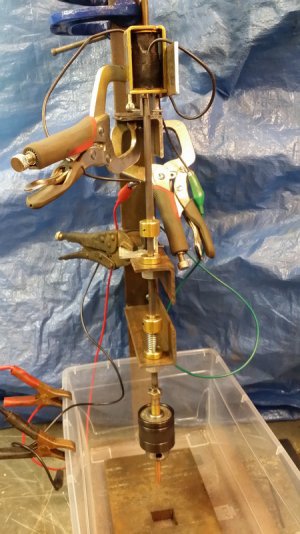
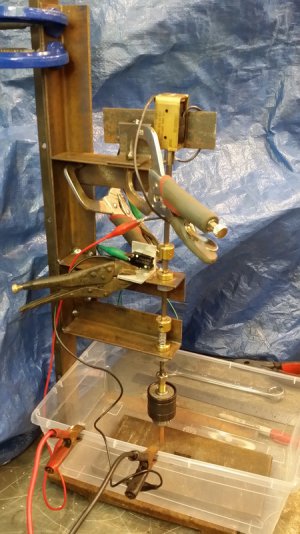
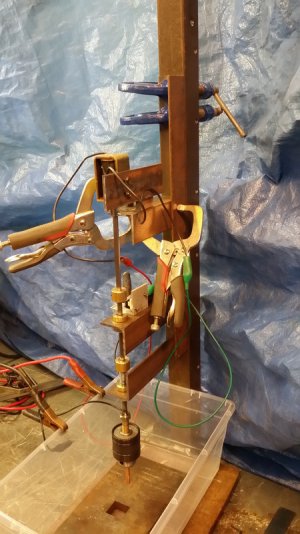
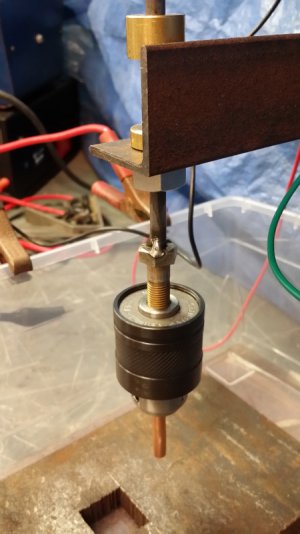
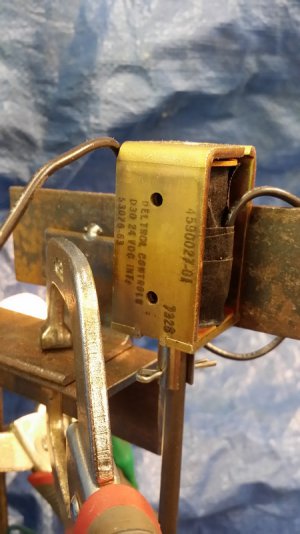
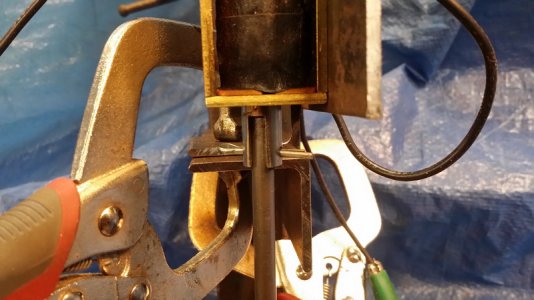
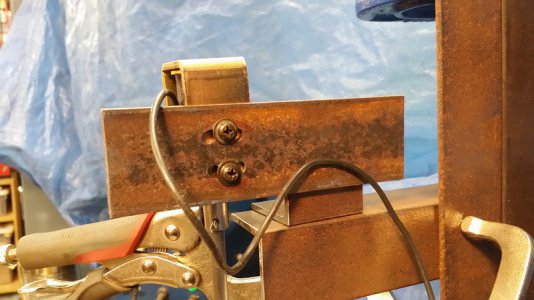
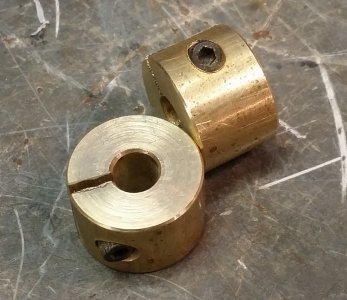
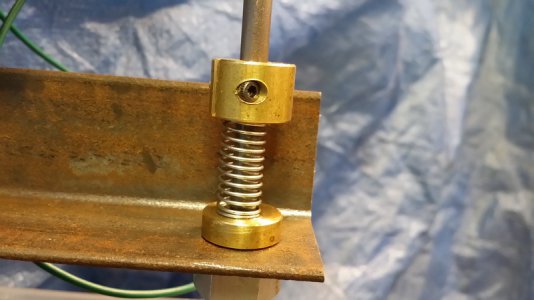
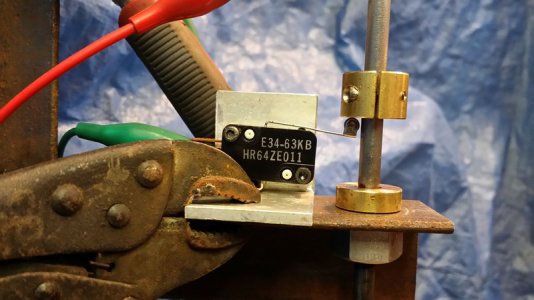
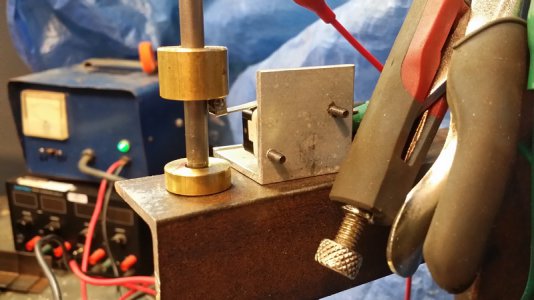
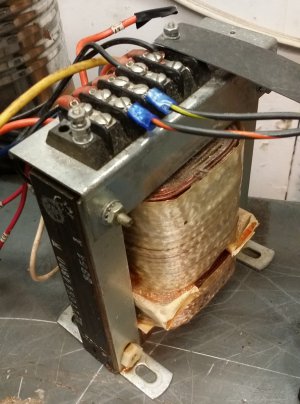
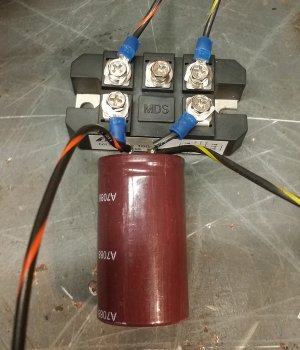
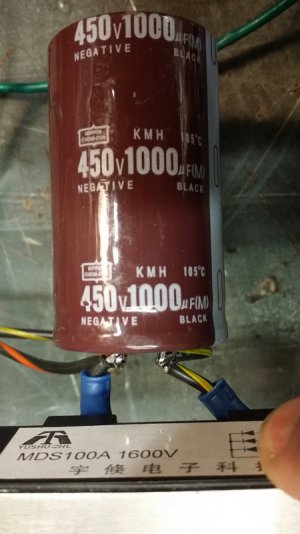
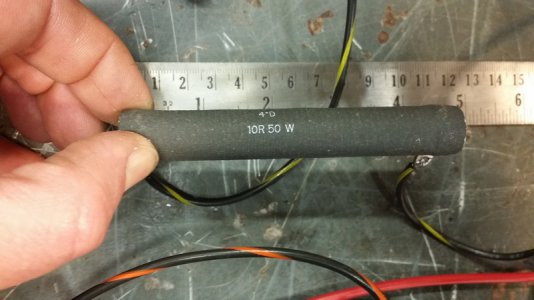
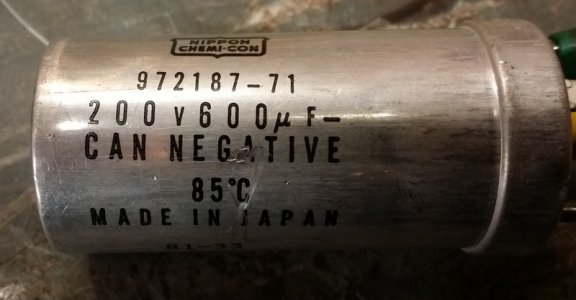
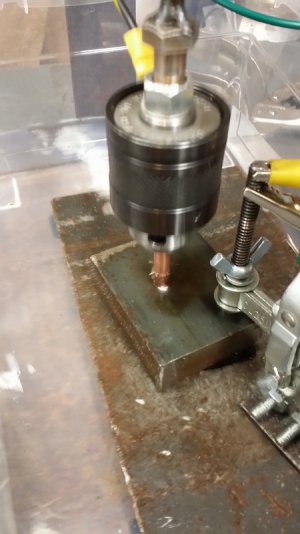
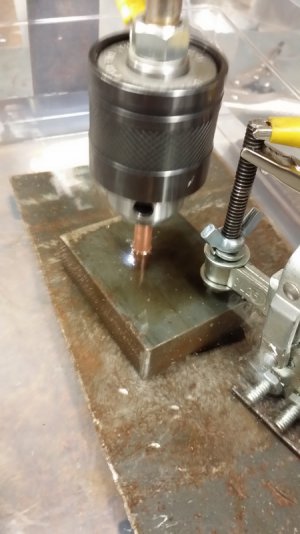
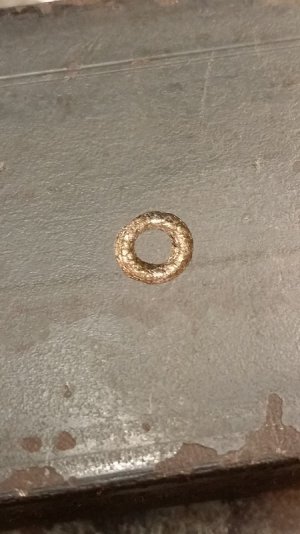
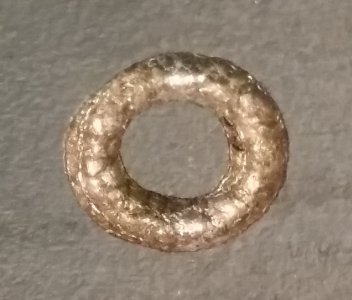
 I guess I'm going to have to build one!
I guess I'm going to have to build one!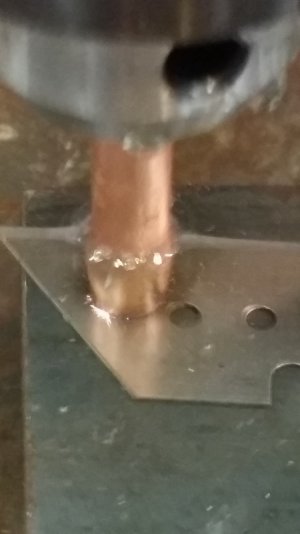
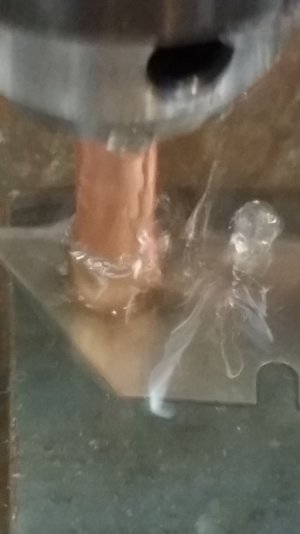
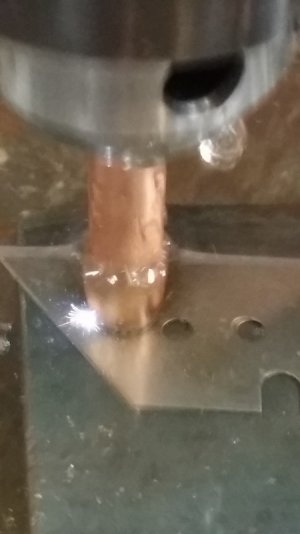
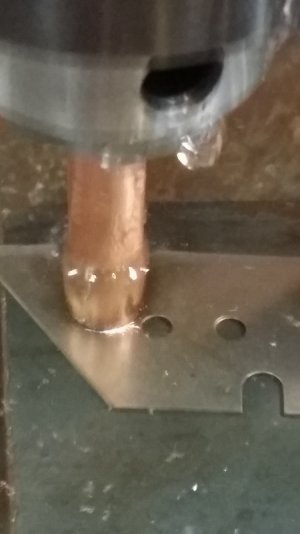
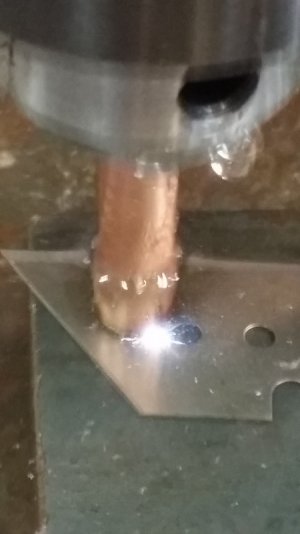
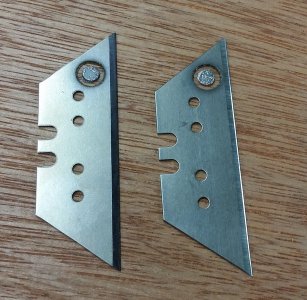
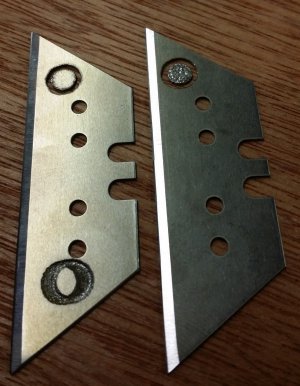
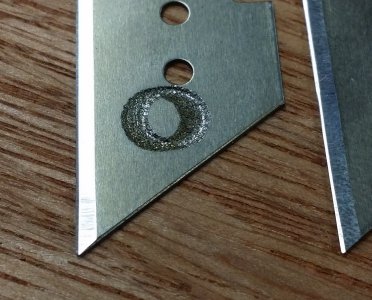
 Mike
Mike